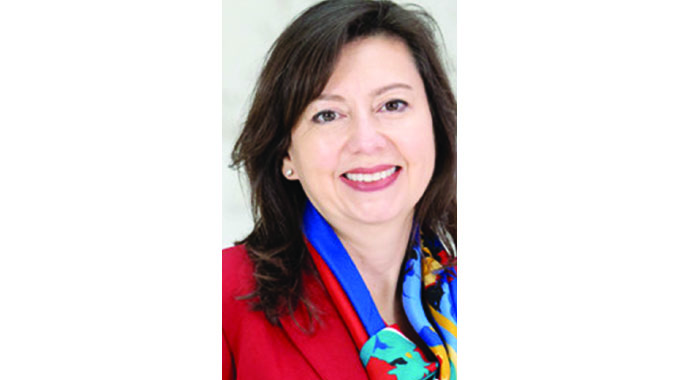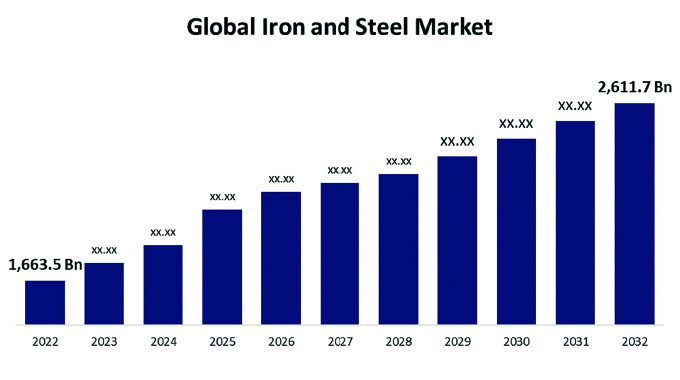Big dollar crunch brewing in markets

NEW YORK. — “I need a dollar dollar, a dollar is what I need,” Aloe Blacc sang back in 2010.
Japanese banks might now be humming a similar refrain as efforts to insulate big investors known as money market funds from a repeat of the 2008 financial crisis have resulted in a sharp rise in the cost of interbank lending and US dollar funding.
The dollar London Interbank Offered Rate, or Libor, has risen to the highest level in seven years while the cost of converting Japanese yen into greenbacks has surged ahead of US money market reform that will come into effect this October.
Those reform efforts will see prime money market funds — an important source of short-term funding for banks — build up so-called liquidity buffers and install redemption gates among other measures.
While the changes are aimed at making the funds safer, they are causing turmoil in money markets as big banks adjust to the new reality of a shrinking pool of financing combined with the need to maintain their own large war chests of liquid assets.
The combination of these two forces mean that “October will feel like a month-long quarter-end,” Zoltan Pozsar, Credit Suisse Group AG analyst and former US Treasury advisor, wrote in research published last week.
He was referring to the money market turmoil that often accompanies the end of financial quarters as large banks scale back their leverage to flatter their funding profiles and impress their investors.
The turmoil comes as prime money market funds typically invest about 60 percent of their assets in short-term IOUs sold by companies and banks known as commercial paper (CP) and certificates of deposit (CD), according to Deutsche Bank AG.
As the October 14 deadline for money market fund reform looms, these prime funds have been shying away from buying such assets in anticipation of investor redemptions or as they try to build up newly-required liquidity buffers.
While the reform efforts may protect money market funds from crisis, they create a headache for banks which rely on the vehicles for large slugs of their short-term unsecured dollar financing. Particularly affected are Japanese lenders, with analysts at JPMorgan Chase & Co. noting that the group represents the biggest concentration of dollar-denominated unsecured paper outstanding.
Deutsche Bank estimates that prime money funds’ holdings of commercial paper and deposits have declined by an average $25 billion per month since October of last year, with the latest data showing $617 billion outstanding at the end of June — the smallest amount on record. That number is forecast to have fallen by $50 billion last month alone.
Banks faced with retreating money market funds have three main options to replace the funding, according to market participants. Those options are fighting to retain a slice of a shrinking pool of US money market funds by paying higher rates, raising greenbacks through cross-currency swaps in the private market, or tapping currency facilities provided by the world’s central banks.
So far Japanese lenders appear to be choosing the first course of action, resulting in higher Libor costs as they fight for a greater slice of a diminishing prime money market fund pie, according to Pozsar and Citigroup Inc.’s Steve Kang. Japanese banks have been issuing three-month paper to money funds at 90 basis points, Pozsar says.
“While much higher than three-month Libor at 75bps at present, 90bps are way cheaper than the cost of raising three-month dollar funding via FX swaps at 120bps,” he writes.
Meanwhile FX lines provided by central banks have largely gone untapped thanks to the stigma associated with using the facilities, which are meant to act as emergency backstops for bank funding. That means that even as the cost of swapping yen for dollars rises in the private markets and even though the Bank of Japan doubled the size of its dollar lending programme to $24 billion last month and other central banks including the Federal Reserve and the European Central Bank maintain similar programs, the facilities have so far gone unused.
“While some have cited the BOJ lending facilities as providing some relief in terms of alternative sources of funding, we think it’s important to note that unless short-term rates for Japanese banks rise substantially, the stigma cost of turning to the BOJ is much higher than paying up for CP/CD funding,” said JPMorgan analysts led by Alex Roever.
Still, the analysts are hopeful that money markets may be reaching equilibrium as the speed at which Libor is increasing has slowed down some and the increased rates on offer draw new types of funding providers. More investors willing to convert dollars into yen may also ease some of the pressure, with Pacific Investment Management Co. being the latest to point out the profit to be made through cross-currency swaps.
“There is some preliminary evidence that we have found a clearing level for some names, as reflected in the slower pace of increases in the Libor fixings,” the analysts said.
Higher rates are encouraging the entry of new buyers for bank-issued paper including offshore funds, securities lenders, short-term bond funds, big companies and even retail funds with excess cash, the analysts wrote.
“While they are unlikely to be able to fill the void left behind by prime institutional funds, they have nonetheless helped blunt some of the impact money market fund reforms have imposed on some banks,” they said. — Bloomberg.








Comments